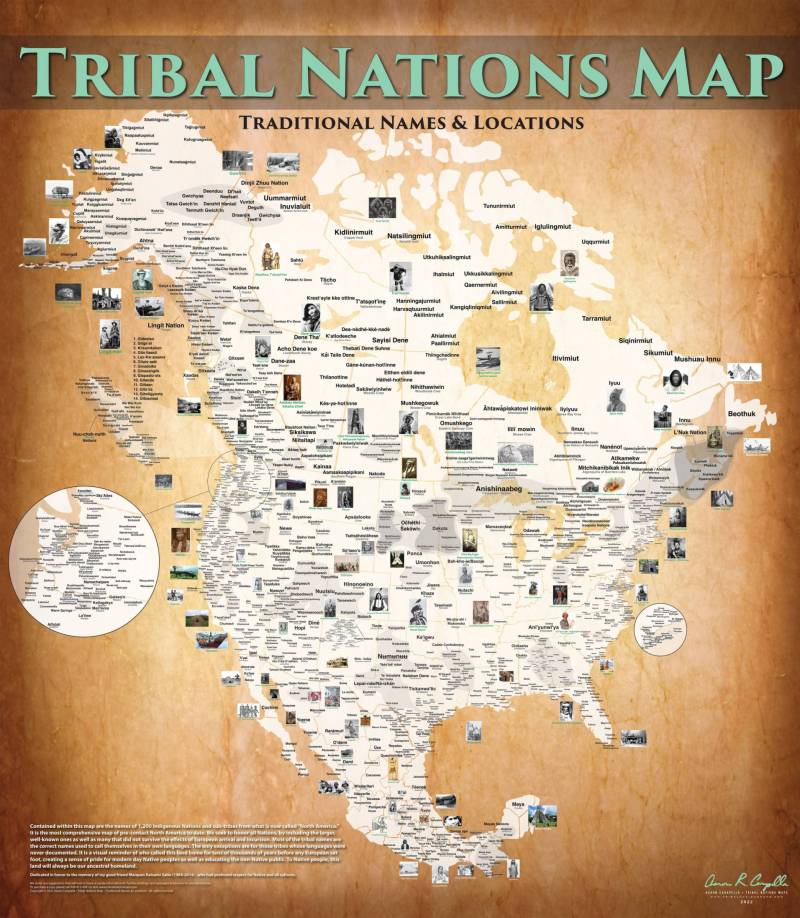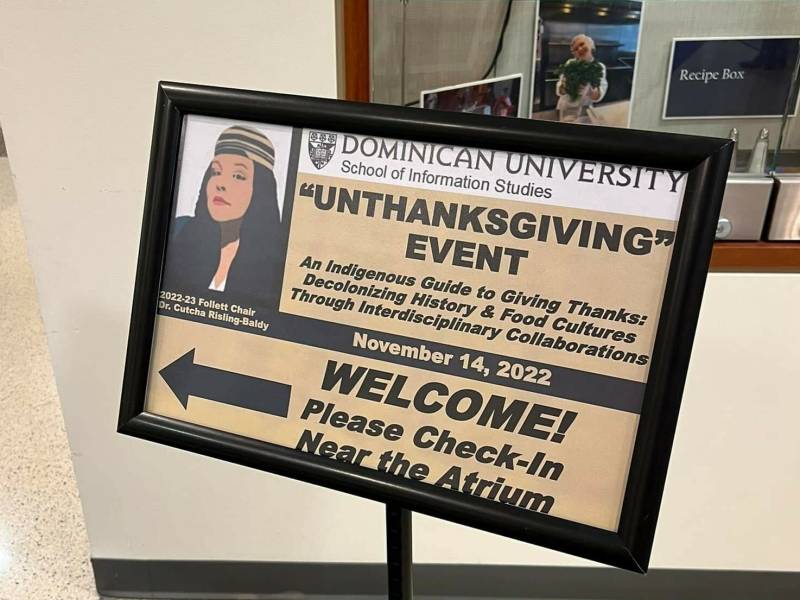Land acknowledgments have become increasingly common nationwide over the past few years. Many mainstream public events — from soccer games and performing arts productions to city council meetings and corporate conferences — begin with these formal statements recognizing Indigenous communities’ rights to territories seized by colonial powers.
Indigenous leaders and activists have mixed feelings about land acknowledgments. While some say they are a waste of time, others are working to make the well-meaning but often empty speeches more useful. The debate is more than a niche issue; the pros and cons of land acknowledgments are the subject of myriad mainstream media articles, social media posts and online videos. And they’ve even been parodied on TV, in series like Reservation Dogs, about the exploits of a group of Oklahoma Indigenous teens.
In one ear and out the other
“If it becomes routine, or worse yet, is strictly performative, then it has no meaning at all,” said Kevin Gover, a citizen of the Pawnee Nation of Oklahoma and undersecretary for museums and culture at the Smithsonian Institution. “It goes in one ear and out the other.” (Gover said only one or two Smithsonian museums have land acknowledgments; the National Museum of the American Indian is among those that do, and its acknowledgment is only one sentence long.)


9(MDAxOTAwOTE4MDEyMTkxMDAzNjczZDljZA004))

